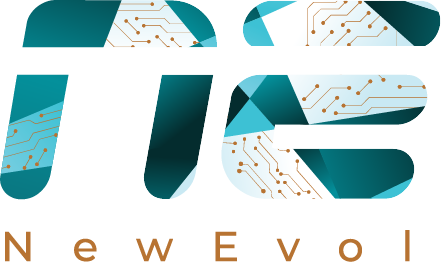Why AI Should be At the Top of Your Strategic Priority List?

Digital life has altered the way we live. People now rely upon code-driven systems for information and connectivity. What is more, algorithm-driven Artificial Intelligence (AI) has made navigating through digital systems easier than ever.
For example, isn’t it amazing when you type just two-three words, and most of the time, Google rightly guesses what are you trying to search?
During the pandemic, AI helped researchers and doctors develop medical treatment and vaccination at an unprecedented speed. Even Cybersecurity Platform use algorithm-driven AI to find irregularities in the cyber system and generate alerts to trigger rapid action.
However, using AI to make more intelligent business decisions and manage your finances makes AI a lucrative target for attackers. A study conducted by Gartner suggests that in the near future, 30% of cyberattacks will comprise AI threats like adversarial AI, data poisoning, and model theft.
Therefore, AI implementers and chief information security officers are warned to be extra careful when using AI in business operations. In addition to that, they are often advised to install a robust Cybersecurity platform that can protect the company’s digital ecosystem against cyberattacks.
Let’s take a look at some of the major cyber threats against AI
Adversarial AI
In this category of cyberattack, attackers inject malicious data input into the digital ecosystem to subvert AI models. Unfortunately, even AI-based security products can face this kind of attack. For example, appending a bit of code into malicious files may trick AI into thinking that harmful files are actually clean.
Cyber system defenders must be wary that AI models generally interact with data, even through voice assistants like SIRI or Alexa. Attackers can target these interactions. Researchers are working towards developing in-built defences in AI models.
Data poisoning
Data poisoning is often confused with adversarial AI. However, both are different. Unlike adversarial AI, data poisoning completely alters how the AI model works. As a result, attackers can manipulate data based on access to the underlying model and training data.
AI data poisoning can lead to serious business malfunction in several ways. For example, imagine what might happen if a data poisoning attack is launched against AI-based supply chain analysis. The products might get delivered to the wrong addresses, and several more complications can be created.
Replication and model theft
Reverse engineering is one of the biggest risks posed to AI-based systems. Attackers may use replication and model theft to leak information or extract sensitive data from the system.
Cyber security teams must see if AI-model’s synthesized dataset can be produced or not. If the answer is yes, they should be extra vigilant. Attackers might alter a small part of it or steal the entire model.
AI threat modelling
Just like other fields of technology, a lot of research has been conducted in adversarial training, AI threat modelling and AI risk assessment. Software companies are now launching tools to help developers defend AI and machine learning systems.
NewEvol- Cybersecurity Platform is one such powerful tool to defend against cyberattacks. It is built on the MITRE framework.
It has been observed that the companies do not have a sufficient understanding of cyberattacks that may disrupt hyperconnected digital systems even through AI and ML. Therefore, it is time that the companies start performing risk assessments and develop foolproof AI models.
What should the leaders do?
- They should implement industry best practices to scrutinize AI systems and fulfil the IT security needs of the company
- They should protect AI models like valuable assets
- At all costs, careless AI administration should be avoided

